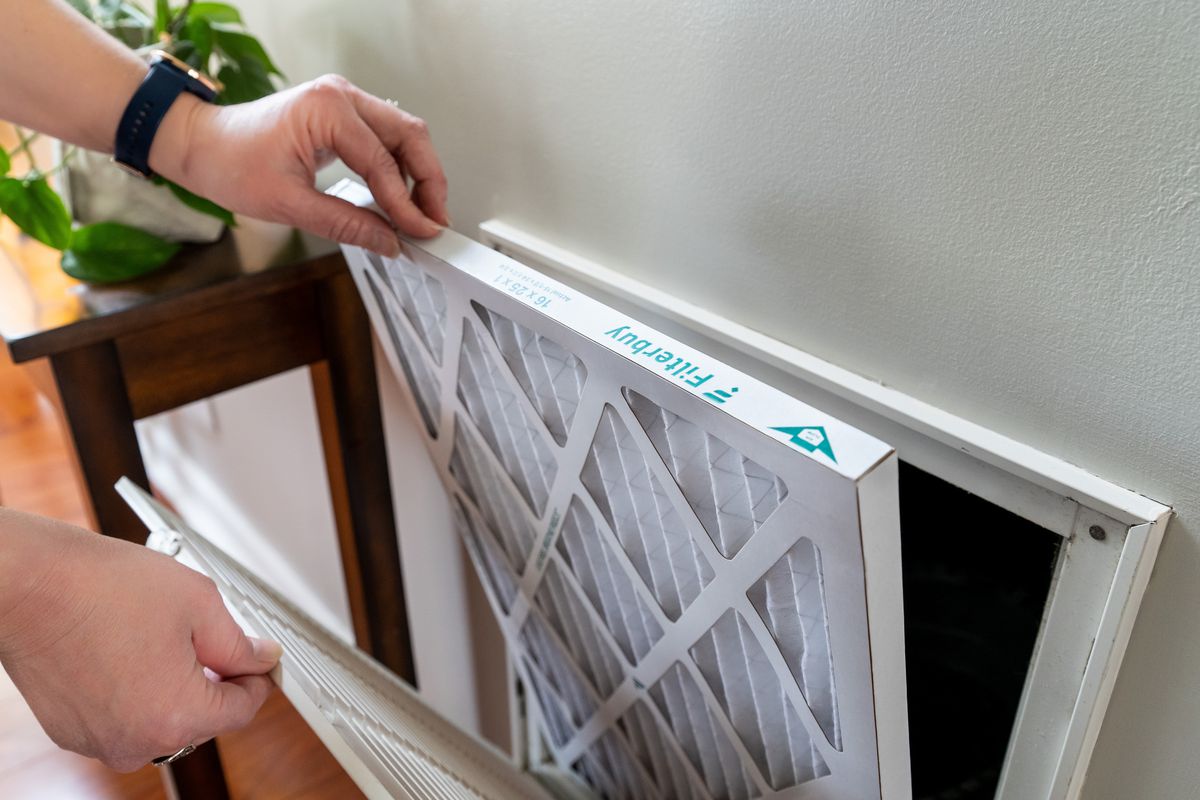The type of material plays a pivotal role in the functioning and durability of air filters. There are different types of air filters, each one having a different scope of functionality. Furthermore, the manufacturing material of filters results in different durability factors, such as a 20x30x1 air filter. Let us analyze different materials of air filters to have a better understanding.
Fiberglass
Spun fiberglass is a stable, cost-effective resource for air filtration and pollution capture. Fiberglass is good at holding substantial impurities, including dust and pet dander, and it frequently maintains improved air movement.
The main component of many HEPA filters is fiberglass. Although fiberglass might be useful, its primary benefit is frequently its low cost. Fiberglass filters can be less expensive than other filters, which lowers the overall cost of air purification.
In contrast to a HEPA filter made of synthetic material, glass fiber filters require more filter media. The airflow resistance, also known as pressure drop, is more significant when there is more filter material. It implies that a little less air will pass through the glass fiber filter.
Activated Carbon
One of the most dynamic cleaning agents on the earth, activated carbon, which is created from charcoal, has been used for ages to purify water, air, and even human bodies!
Carbon is very porous, yet it must be processed with heat, chemicals, and other methods to remove different elements. The outcome of treatment, or “activation,” is a very porous substance that can remove many of the smallest particles, even those that are too small to be caught by HEPA filters.
One of the market’s best and most dependable air filter materials is activated carbon. In reality, it’s utilized for more than just water and air purification; it may also be used to cleanse gold and decaffeinated drinks. It can be more costly due to the activation procedure, but it is also very dependable, consistent, and efficient.
Plastics
Filters can be made from plastics, most commonly polypropylene, which are dependable and often washable materials. As a result, the product is both long-term affordable because you won’t need to buy new filters, and environmentally suitable. After all, no additional resources are needed.
Plastic filters, often synthetic ones, are valuable tools for purifying the air and cleaning indoor spaces. To improve the performance of the synthetic filter fibers, we apply a charge to them. That has the benefit of a higher filter efficiency without affecting the airflow, noise level, pressure drop, or any of these.
Plants: Natural Air Filters
Plants are unquestionably a form of air filter if we define a filter as a material that allows air to vent through while trapping impurities.
Plants absorb air through microscopic pores, often found on their leaves. Through photosynthesis, which turns light into food, these pores absorb air and consume CO2. But in addition to CO2, they also consume other gases, poisons, volatile organic compounds (VOCs), and other microscopic impurities.
The ability of a plant to filter the air can improve the quality of the air inside your home and increase the amount of oxygen. Although plants can reduce indoor air pollution caused by gases, the effect is limited, and plants have little effect on eliminating airborne particulates (dust, mold spores, pollen, etc.).
Final Crunch
The choice of material is of great significance before narrowing down your selection for an air filter. All the above-discussed materials have their pros and cons. Going through the brief details of these materials, one can easily select the most suitable air filter per their requirements. Furthermore, you can also consider the cost as a parameter for choosing your air filter.



